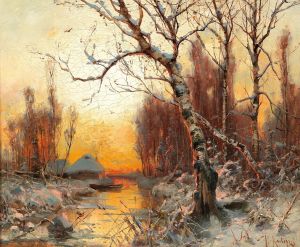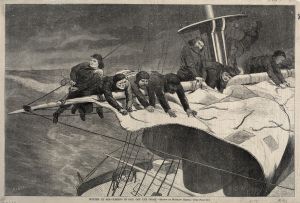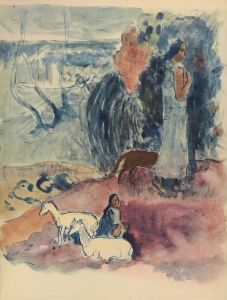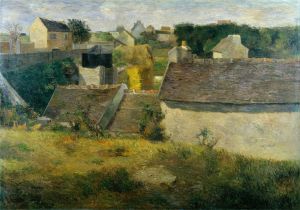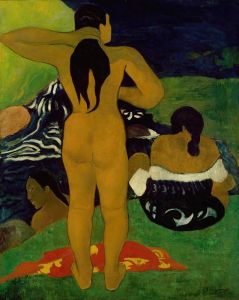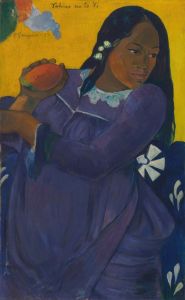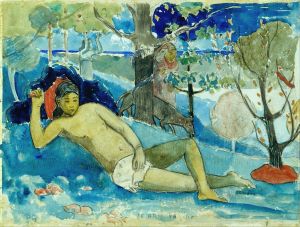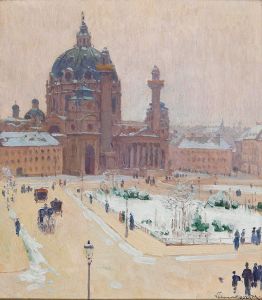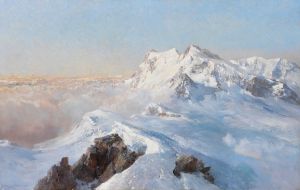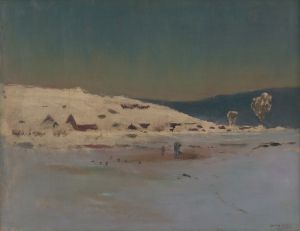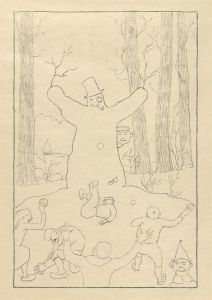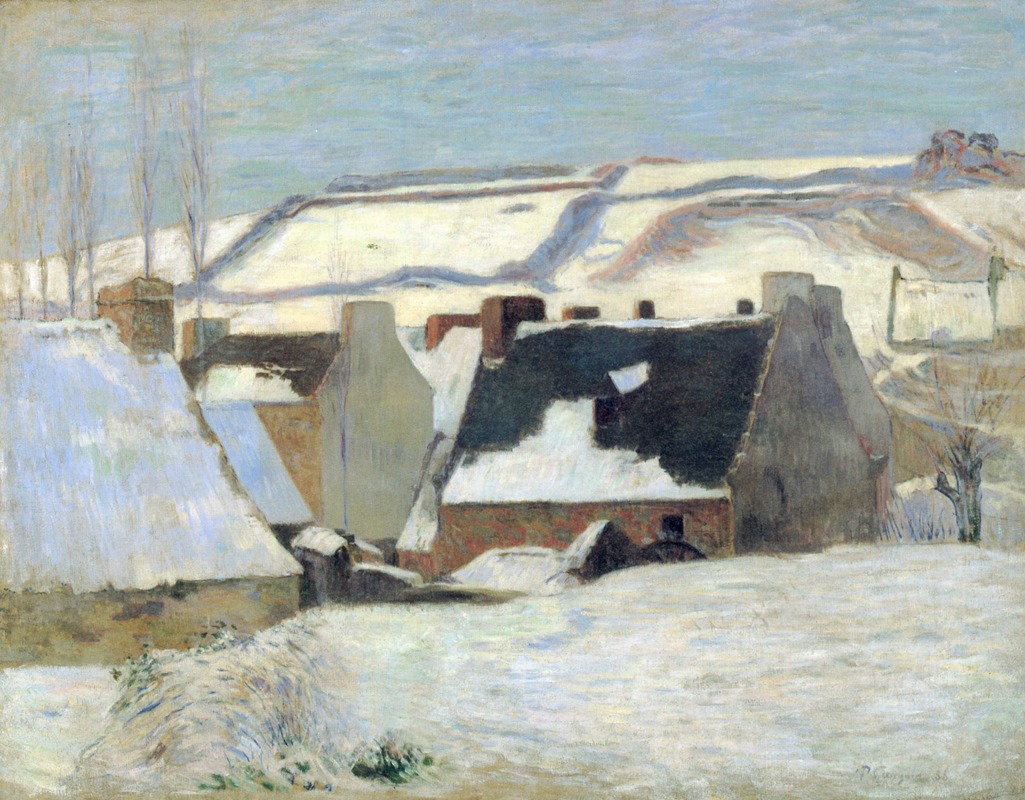
Pont-Aven sous la neige, ou Effet de neige
A hand-painted replica of Paul Gauguin’s masterpiece Pont-Aven sous la neige, ou Effet de neige, meticulously crafted by professional artists to capture the true essence of the original. Each piece is created with museum-quality canvas and rare mineral pigments, carefully painted by experienced artists with delicate brushstrokes and rich, layered colors to perfectly recreate the texture of the original artwork. Unlike machine-printed reproductions, this hand-painted version brings the painting to life, infused with the artist’s emotions and skill in every stroke. Whether for personal collection or home decoration, it instantly elevates the artistic atmosphere of any space.
"Pont-Aven sous la neige, ou Effet de neige" (Pont-Aven under the Snow, or Snow Effect) is a painting by the renowned French Post-Impressionist artist Paul Gauguin. This artwork is part of Gauguin's oeuvre during his time in Pont-Aven, a small village in Brittany, France, where he spent several productive periods in the late 19th century.
Paul Gauguin (1848-1903) was a leading figure in the Symbolist movement and is best known for his bold use of color and synthetist style, which was a departure from the Impressionist techniques that dominated the art world at the time. His work in Pont-Aven marked a significant phase in his artistic development, where he sought to break away from the naturalism of Impressionism and explore more abstract and symbolic content.
"Pont-Aven sous la neige, ou Effet de neige" captures a rare snowy scene in the village of Pont-Aven. The painting is notable for its depiction of the snow-covered landscape, which is an uncommon subject in Gauguin's body of work. The use of snow as a motif allows for a unique exploration of light and color, showcasing Gauguin's ability to convey atmosphere and mood through his distinctive palette and brushwork.
The painting reflects Gauguin's interest in the rural and often harsh life of Brittany, which he found to be a source of inspiration and authenticity. The snow-covered village is rendered with a sense of tranquility and stillness, contrasting with the vibrant and often exotic scenes that Gauguin would later become famous for during his time in Tahiti.
Gauguin's time in Pont-Aven was marked by his association with other artists who were also seeking new directions in their work. This group, often referred to as the Pont-Aven School, included artists like Émile Bernard and Paul Sérusier. They collectively explored new approaches to color, form, and composition, which would later influence movements such as Cloisonnism and Symbolism.
The exact date of "Pont-Aven sous la neige, ou Effet de neige" is not definitively known, but it is generally placed within the period of Gauguin's stays in Pont-Aven, which were primarily in the late 1880s and early 1890s. During this time, Gauguin produced several works that depicted the Breton landscape and its inhabitants, characterized by their simplified forms and bold color contrasts.
As with many of Gauguin's works, "Pont-Aven sous la neige, ou Effet de neige" demonstrates his departure from the detailed, realistic representation of the natural world. Instead, he focused on the emotional and symbolic potential of the scene, using color and composition to evoke a deeper sense of meaning and atmosphere.
Today, "Pont-Aven sous la neige, ou Effet de neige" is recognized as an important piece within Gauguin's oeuvre, illustrating his innovative approach to landscape painting and his ongoing quest to capture the essence of his surroundings through a unique and personal artistic vision. The painting is held in a private collection, and its exact location and ownership details are not widely publicized.






